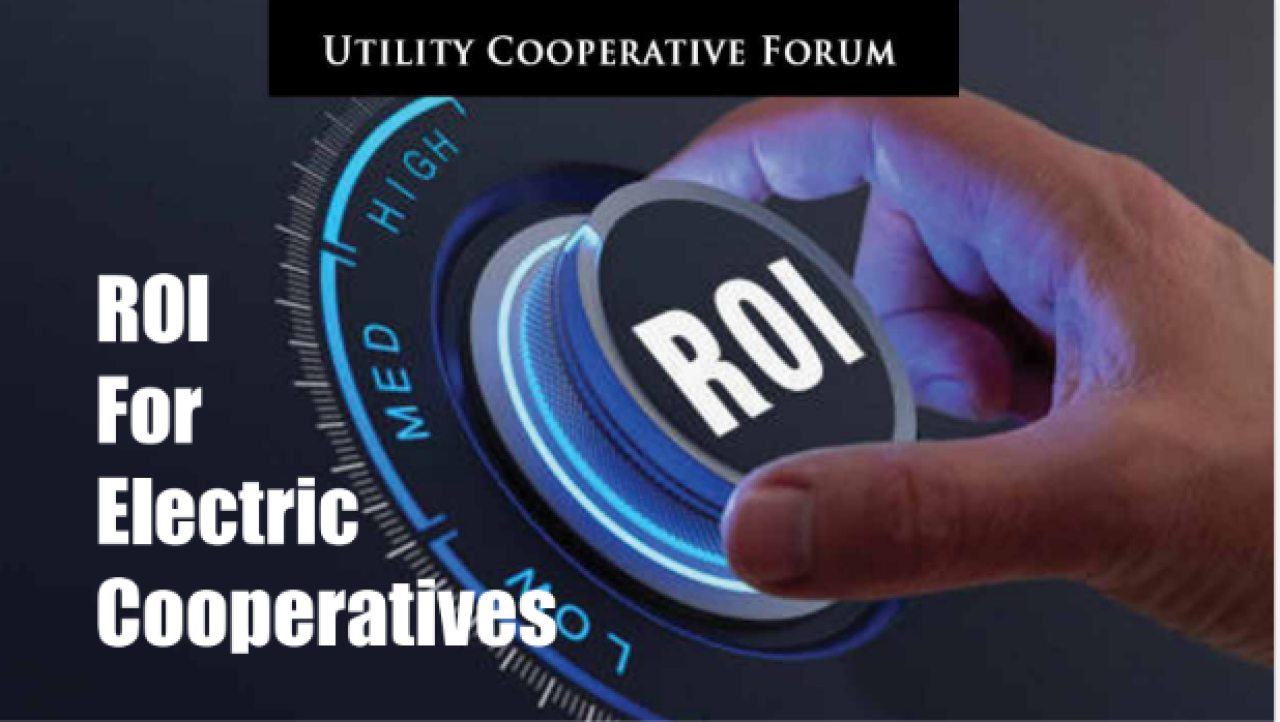
ROI for Electric Cooperatives
Investopedia defines ROI as “a ratio that measures the profitability of an investment by comparing the gain or loss to its cost” (Beattie, 2024, para. 1). Beattie goes on to point out that ROI is calculated by subtracting the initial cost of the investment from its final value, then dividing this new number by the cost of the investment, and finally, multiplying it by 100. This value is then represented as a percentage of ROI. ROI helps stakeholders understand how effectively a company is using its capital to generate profits or net margins. While ROI has many uses, ROI for electric cooperatives is somewhat different from traditional investor-owned electric companies because cooperatives are typically non-profit organizations owned by their members, who are also their customers. The primary goal of electric cooperatives is not to maximize profits but instead to provide reliable electricity at the lowest possible cost to their members. However, understanding ROI is still important for electric cooperatives to ensure they are financially sustainable and can continue to provide reliable services. Some of the practical applications where ROI is deployed include improving operational efficiency, process optimization, technology integration, capital investment analysis, and risk management.
NSAC's specialized technical journal, The Cooperative Accountant (TCA), tailored exclusively for its members, has unveiled its Spring 2024 edition. Explore the content online or opt to download and print the PDF.
To read more of this article, please Connect Online